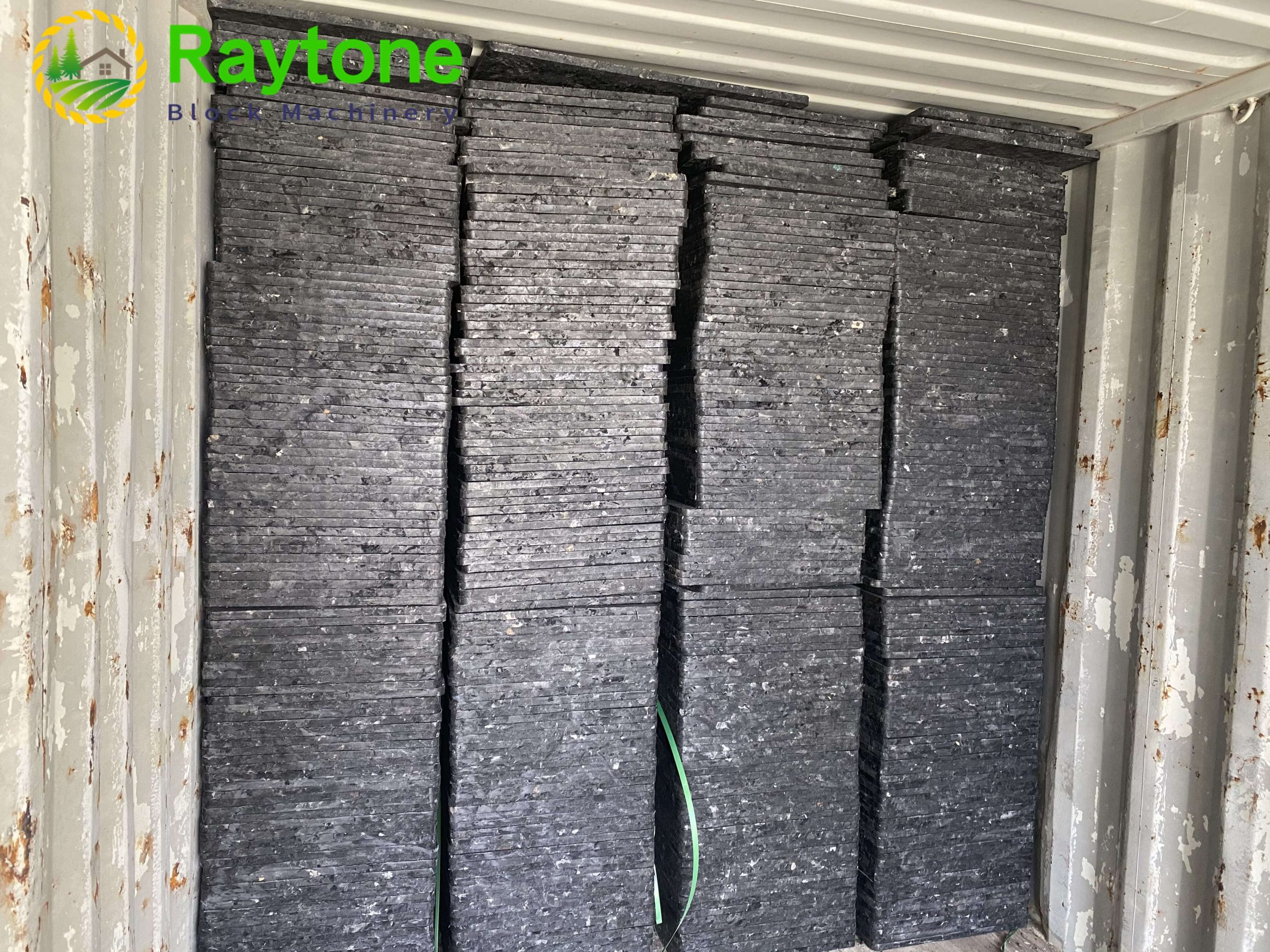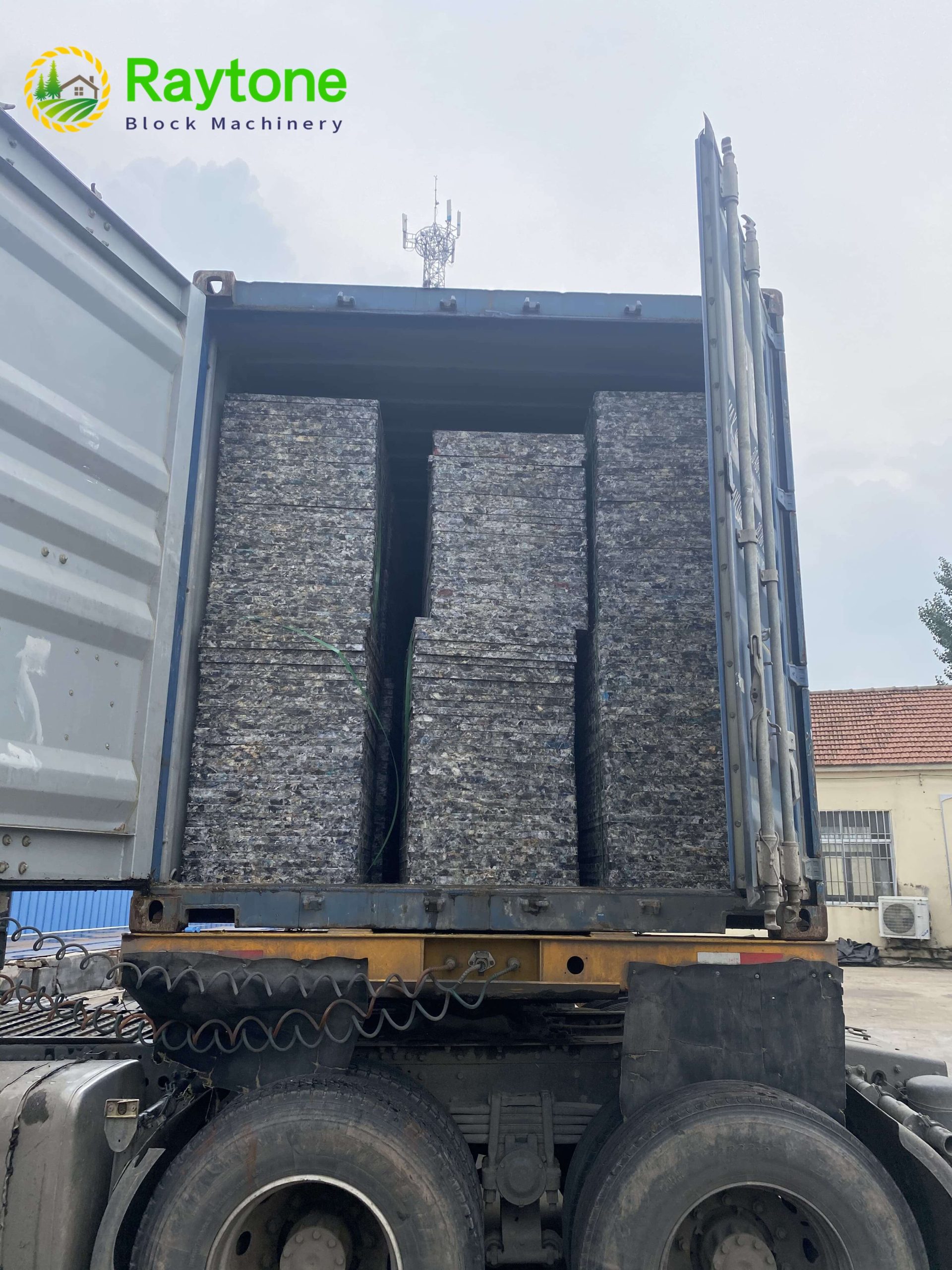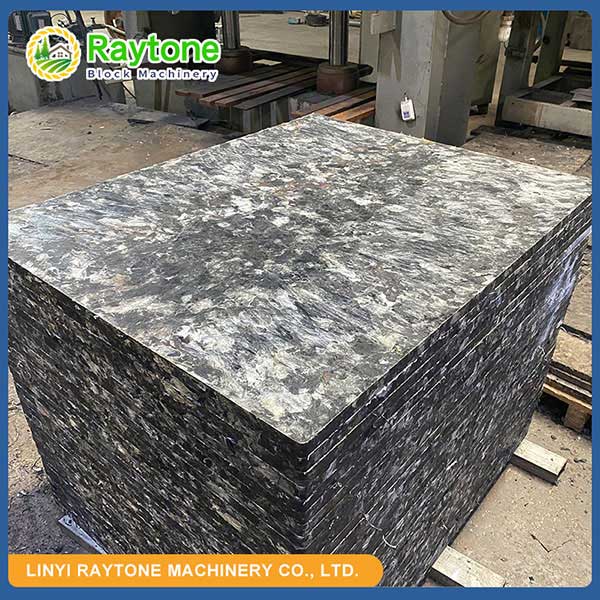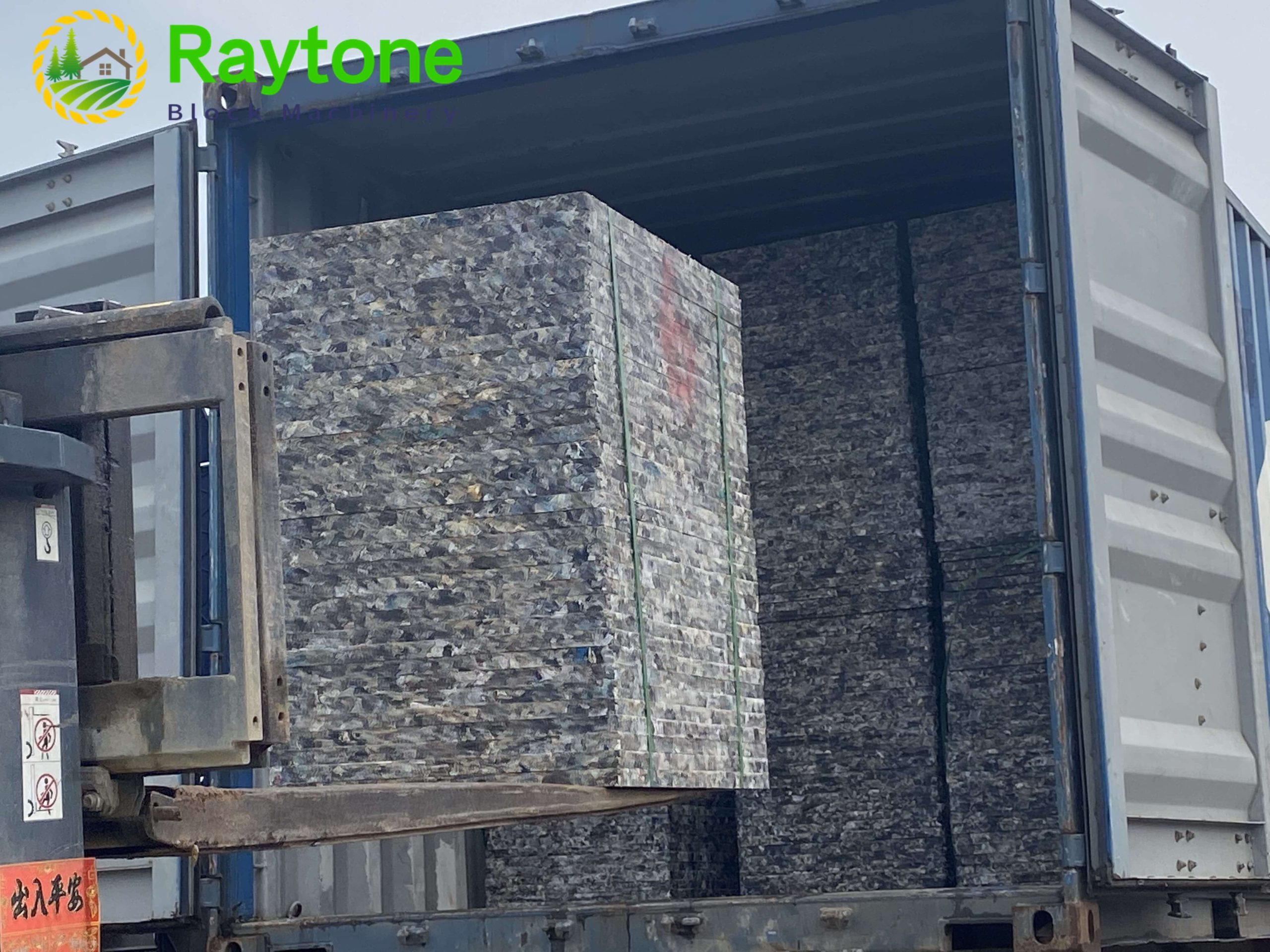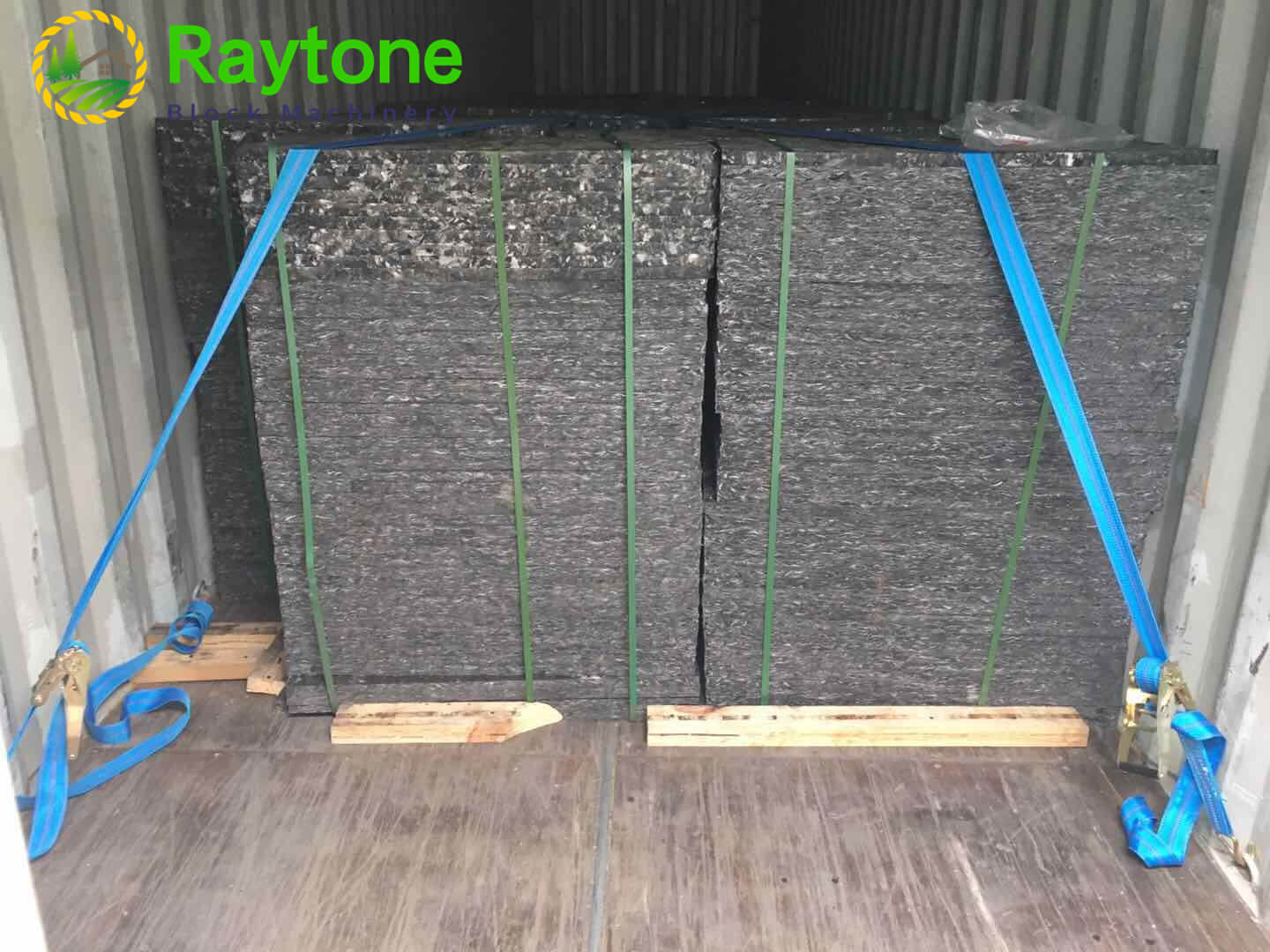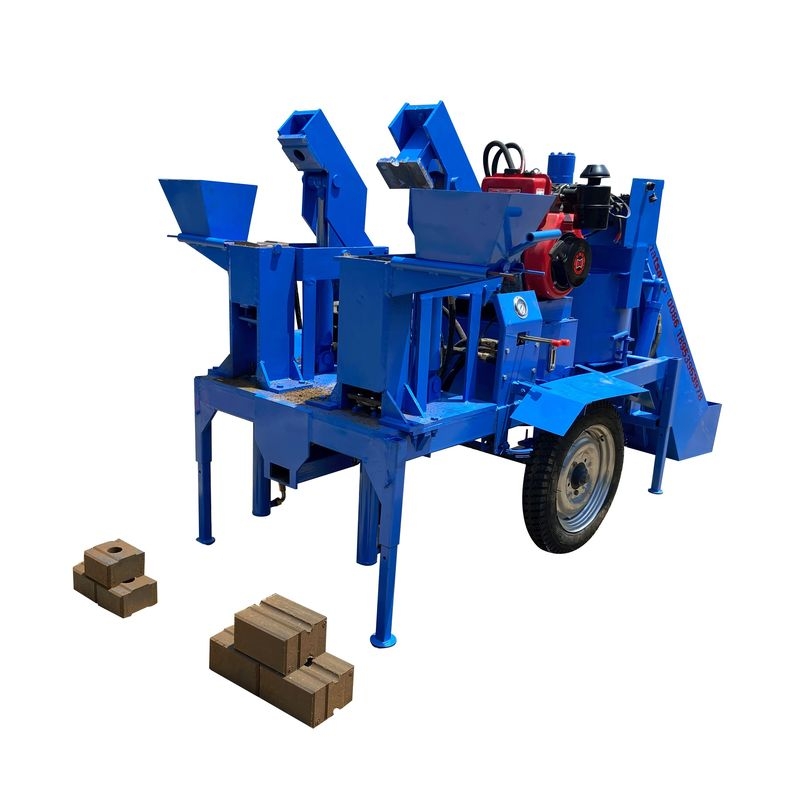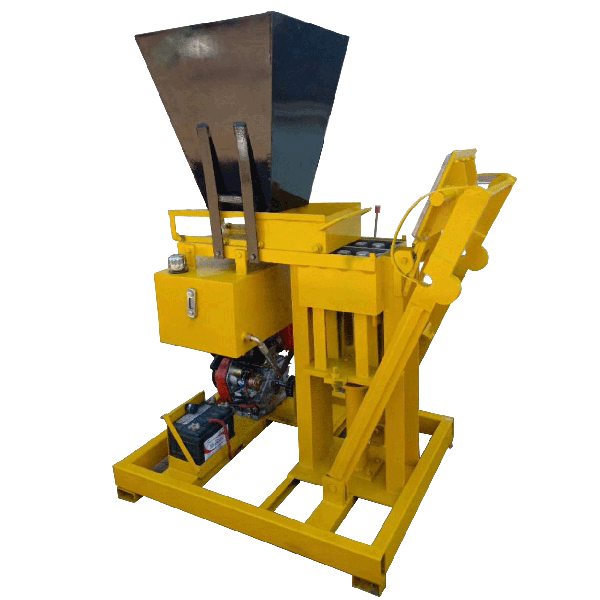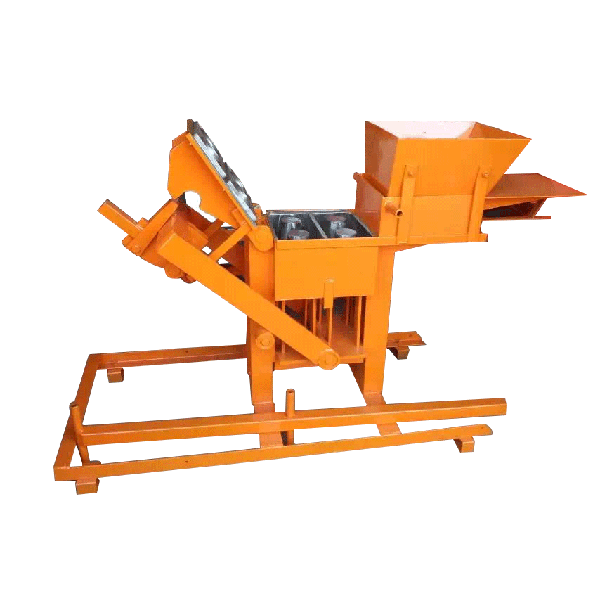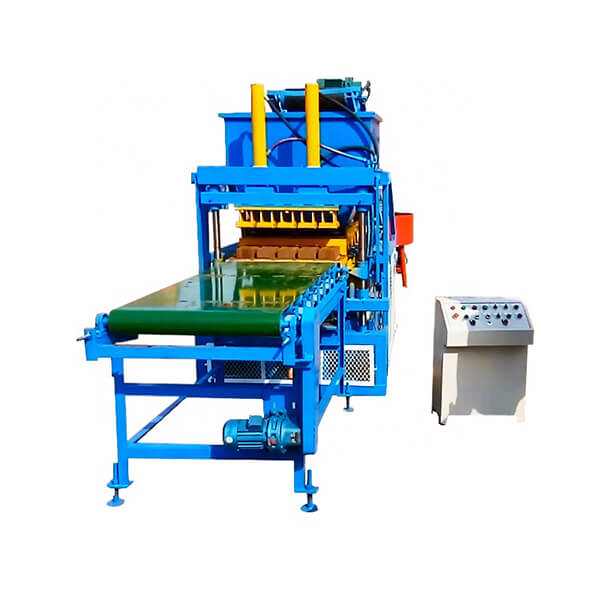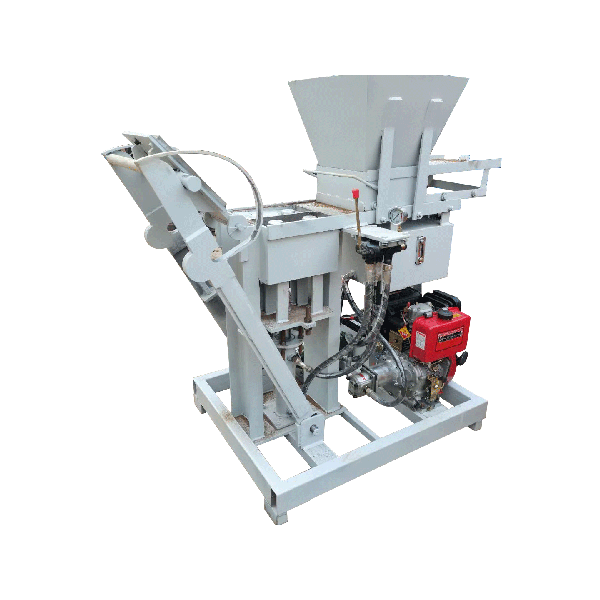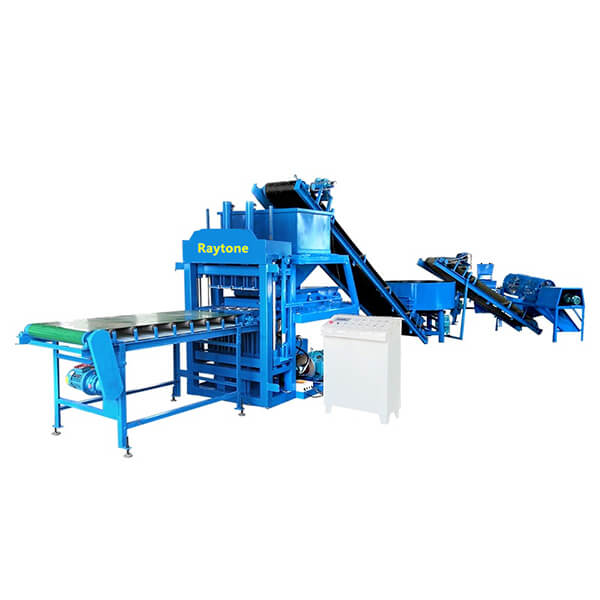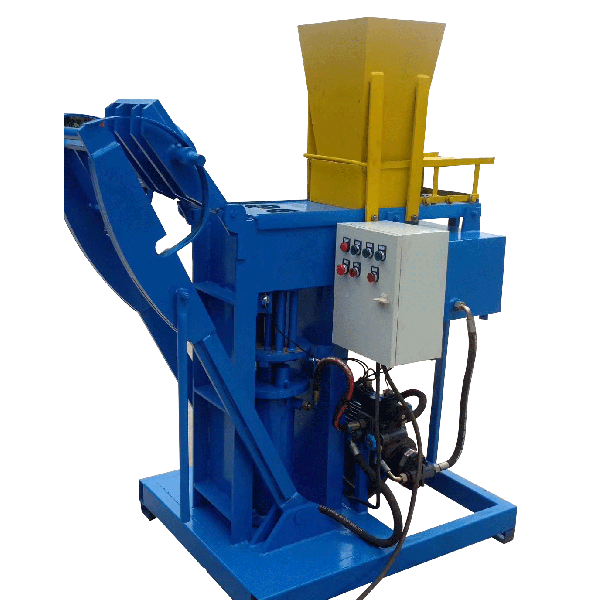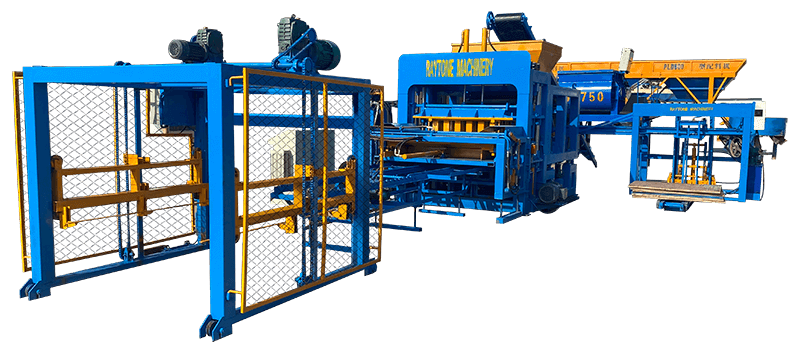Clay brick making machines have revolutionized the construction industry, offering an efficient and cost-effective solution for producing high-quality bricks. This comprehensive guide delves into the world of clay brick manufacturing, exploring the various types of machines, their working principles, and the benefits they bring to modern construction projects. Whether you’re a construction professional, an aspiring entrepreneur, or simply curious about the brick-making process, this article will provide valuable insights into the technology that shapes our built environment. From understanding the basic components to exploring advanced features, we’ll cover everything you need to know about clay brick making machines and their impact on the construction landscape.

Types of Clay Brick Making Machines
Manual Clay Brick Making Machines
Manual clay brick making machines are the simplest and most affordable options for small-scale production. These machines rely on human power to operate, making them suitable for areas with limited access to electricity or for producers just starting in the industry. Despite their simplicity, manual machines can produce a significant number of bricks per day, depending on the operator’s skill and efficiency. They typically consist of a mold box, a compression mechanism, and a lever or handle for applying pressure. While they require more physical effort, manual machines offer excellent flexibility and are easy to maintain.
Semi-Automatic Clay Brick Making Machines
Semi-automatic clay brick making machines strike a balance between manual operation and full automation. These machines incorporate motorized components that handle some of the more labor-intensive tasks, such as mixing the clay and compressing the bricks. However, they still require some manual intervention, such as loading raw materials and removing finished bricks. Semi-automatic machines are ideal for medium-scale production, offering increased output compared to manual machines while maintaining a level of operator control. They often feature adjustable settings for brick size and shape, making them versatile for various project requirements.
Fully Automatic Clay Brick Making Machines
Fully automatic clay brick making machines represent the pinnacle of brick production technology. These sophisticated systems handle every aspect of the brick-making process, from raw material preparation to final product output, with minimal human intervention. Automated machines can produce thousands of bricks per hour, making them suitable for large-scale industrial production. They often incorporate advanced features such as computerized control systems, real-time monitoring, and quality assurance mechanisms. While they require a significant initial investment, fully automatic machines offer unparalleled efficiency, consistency, and output capacity, making them the preferred choice for high-volume brick manufacturers.
Working Principle of Clay Brick Making Machines
Raw Material Preparation
The clay brick making process begins with the careful preparation of raw materials. High-quality clay is the primary ingredient, often mixed with additives like sand or fly ash to improve the brick’s properties. The raw materials are thoroughly mixed and moistened to achieve the optimal consistency for molding. Advanced machines may include automatic feeders and mixers that precisely control the proportions and moisture content of the clay mixture. This preparation stage is crucial for ensuring the quality and uniformity of the final product.
Molding and Shaping
Once the clay mixture is prepared, it enters the molding stage. The machine extrudes or presses the clay into molds of the desired shape and size. Vacuum extruders are commonly used in modern brick making machines to remove air pockets from the clay, resulting in denser, stronger bricks. The molding process can be customized to produce various brick shapes, including standard rectangular bricks, hollow bricks, or specialty shapes for architectural purposes. Precision in this stage is essential for maintaining consistent brick dimensions and quality.
Drying and Firing
After molding, the freshly shaped bricks undergo a drying process to remove excess moisture. This step is critical to prevent cracking during firing. Many clay brick making machines incorporate drying chambers or conveyor systems that gradually dry the bricks under controlled conditions. Once sufficiently dried, the bricks are fired in kilns at high temperatures, typically ranging from 900°C to 1200°C. The firing process causes chemical and physical changes in the clay, resulting in the characteristic strength, durability, and color of the finished bricks. Advanced brick making setups may include automated kiln loading and unloading systems to streamline the production process.
Benefits and Considerations of Using Clay Brick Making Machines
Increased Production Efficiency
Clay brick making machines significantly enhance production efficiency compared to traditional manual methods. Automated systems can produce thousands of bricks per hour with consistent quality, dramatically reducing labor costs and increasing output. This efficiency is particularly beneficial for large construction projects or commercial brick manufacturing operations. The precision and speed of modern machines also minimize material waste, contributing to overall cost-effectiveness. Furthermore, the ability to operate continuously allows for 24/7 production cycles, maximizing productivity and meeting demanding project timelines.
Quality Control and Consistency
One of the primary advantages of using clay brick making machines is the unparalleled level of quality control and consistency they offer. Advanced machines incorporate sensors and control systems that monitor every aspect of the production process, from raw material composition to final brick dimensions. This level of precision ensures that each brick meets exact specifications, resulting in uniformity across batches. Consistent quality not only improves the structural integrity of buildings but also enhances their aesthetic appeal. The ability to produce bricks with consistent properties also simplifies the construction process, reducing on-site adjustments and potential issues during installation.
Environmental and Economic Considerations
While clay brick making machines offer numerous benefits, it’s essential to consider their environmental and economic implications. Modern machines are designed with energy efficiency in mind, often incorporating features to reduce fuel consumption and emissions during the firing process. Some advanced systems even utilize alternative energy sources or waste heat recovery to further minimize their environmental impact. From an economic standpoint, the initial investment in a clay brick making machine can be substantial, particularly for fully automated systems. However, the long-term benefits of increased production capacity, reduced labor costs, and improved product quality often justify the investment for many manufacturers. Additionally, the ability to produce custom brick shapes and sizes can open up new market opportunities, potentially increasing the return on investment.
Conclusion
Clay brick making machines have transformed the construction industry, offering unparalleled efficiency, quality, and versatility in brick production. From manual machines suitable for small-scale operations to fully automated systems capable of industrial-scale output, there’s a solution for every production need. By understanding the types of machines available, their working principles, and the benefits they offer, construction professionals and entrepreneurs can make informed decisions about incorporating this technology into their operations. As the demand for sustainable and efficient construction materials continues to grow, clay brick making machines will undoubtedly play a crucial role in shaping the future of the built environment.
Contact Us
At Raytone Machinery, we’re committed to providing cutting-edge block making solutions that meet the diverse needs of the construction industry. Our range of high-quality concrete block machines, including fully automatic, semi-automatic, and manual options, is designed to deliver performance, reliability, and versatility. Experience the Raytone difference with our cost-effective solutions that ensure excellent value for your investment. To learn more about our clay brick making machines and how they can revolutionize your production process, contact us today at hazel@raytonechina.com. Let’s build a stronger future together with Raytone Machinery.
References
- Smith, J. (2022). “Advancements in Clay Brick Manufacturing Technology”. Journal of Construction Materials, 45(3), 112-128.
- Johnson, A. & Brown, T. (2021). “Comparative Analysis of Manual vs. Automated Brick Production Methods”. International Journal of Industrial Engineering, 33(2), 89-105.
- Lee, S. et al. (2023). “Energy Efficiency in Modern Clay Brick Making Machines”. Sustainable Construction Technologies, 18(4), 201-215.
- García-Martínez, A. (2022). “Quality Control Systems in Automated Brick Production”. Construction and Building Materials, 56(1), 78-92.
- Wilson, R. (2021). “Economic Impact of Investing in Automated Brick Making Equipment”. Journal of Construction Economics, 29(3), 156-170.
- Zhang, L. & Patel, N. (2023). “Environmental Considerations in Clay Brick Manufacturing”. Green Building Solutions, 12(2), 45-59.


